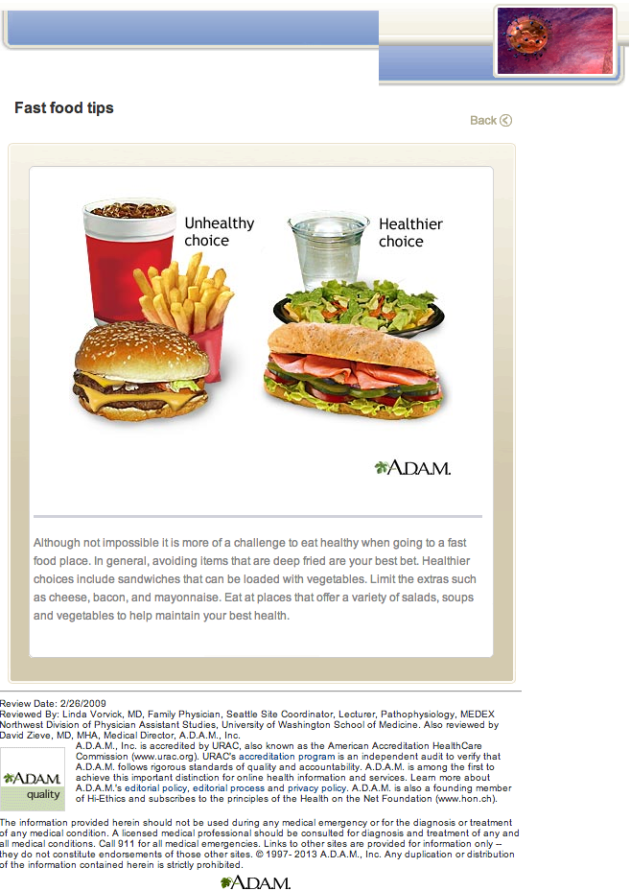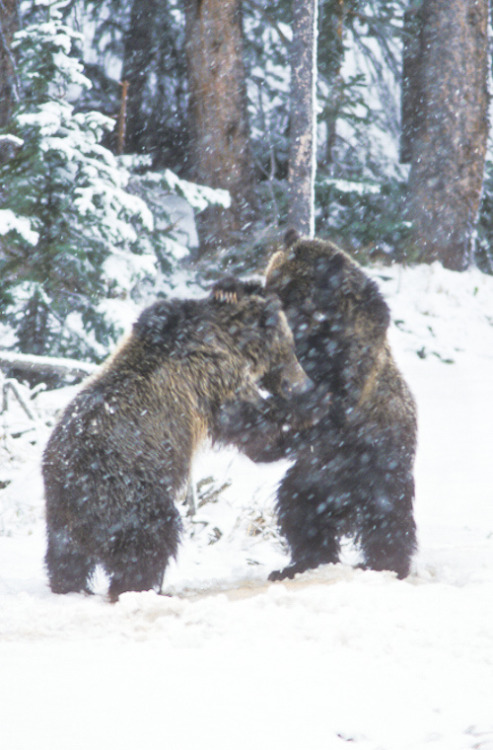Kitchen Cures for Winter Misery
Coughs and colds can leave you
feeling miserable—and so can the over-the-counter drugs being peddled to treat
them. So the next time a bad cold or cough hits, put down the blister packs and
bottles of colorful pills, and head to your kitchen instead. Healing foods full
of anti-inflammatory compounds and natural antiviral compounds can work wonders
without the side effects of drowsiness, jitteriness, and all-over funkiness.
We dug into Rodale's library of books on natural remedies and came up with some of the
easiest ways to keep a cold or cough from laying you up for days on end.
Honey
The World Health Organization has cited honey
as a potential remedy for colds because it coats the throat and relieves
irritation (which is what usually triggers a cough). It also has antioxidant
and antimicrobial properties, which help fight infections from viruses,
bacteria, and fungi. (Source:
The Green Pharmacy Guide to Healing Foods)
Lemon
Christopher Hobbs, a fourth-generation California herbalist and author of
several books on herbal medicine, suggests a formula that is worth taking two
or three times a day for a cough. Add 2 teaspoons of organic lemon rind, 1
teaspoon of sage, and ½ teaspoon of thyme to boiling water and steep for 15
minutes. Then add the juice of half a lemon and 1 tablespoon of honey. Remember
to use organic lemon rind because the pesticides used on citrus fruits are
extremely hard to wash off. (Source:
The Green
Pharmacy Guide to Healing Foods)
Ginger Tea
Ginger acts as a potent natural anti-inflammatory
herbal agent. Most people use ginger tea as a way to soothe their painful
throats, although fresh ginger from the produce section of your local
supermarket is also good. (Source:
The Doctor's
Book of Home Remedies)
Black Pepper and Honey
Place 1 teaspoon of McCormick
Black Pepper in a teacup,
fill with boiling water, cover with a saucer, and let steep for 15 minutes. Add
2 tablespoons of SueBee Honey, and drink the peppery tea. The black pepper
stimulates circulation and doubles as a decongestant. The mildly antibiotic
honey soothes the throat and relieves coughing.
Do not feed honey to infants younger than 1 year old. (Source:
Joey
Green's Magic Health Remedies: 1,363 Quick-and-Easy Cures Using Everyday
Brand-Name Products)
Raw or Lightly Cooked Garlic
It's rich in chemical compounds that help
inhibit cough-causing viruses in the respiratory tract, says pediatrician
Stuart Ditchek, MD. Garlic is a wonderful natural antibiotic that can assist in
fighting off colds and common upper respiratory infections. "Extracts of
aged garlic can be used as well," he says. Try to eat two to four garlic
cloves daily, Dr. Ditchek says. Or use garlic supplements, following the
directions on the label. But avoid garlic supplements for 7 to 10 days prior to
any surgery. Using these supplements can increase the risk of bleeding,
especially when used for long periods of time, he says. (Source:
The Doctor's Book of Home Remedies)
Horseradish
If you can bear the heat, eat horseradish or other hot foods such as hot
mustard or wasabi several time a day. It will liquefy phlegm and help to
relieve a cough. (Source:
The Green Pharmacy
Guide to Healing Foods)
Sage
Sage is one of the very best sore throat and cough remedies. The leaves can
be chewed and the juice swallowed to soothe a sore throat; swallowing the
healing and anesthetic juice numbs the unpleasant soreness and helps speed
healing. Sage-lemon tea is an excellent drink for treating colds and flu,
especially if you add some thyme for extra antibacterial action. (Source:
Grow It, Heal It: Natural and Effective Herbal Remedies
from Your Garden or Windowsill)
Grapefruit Tea
In the early stages of a cold, try this recipe
from Brian Berman, MD: Place a whole unpeeled grapefruit, sectioned into four
pieces, in a pot and cover with water; heat to just under a boil. Stir and add
1 tablespoon of honey, then drink the liquid as you would a tea. "The
simmering releases immune boosters from the grapefruit into the water—vitamin C
and flavonoids hidden between the rind and the fruit," he says. "The
concoction packs more punch than store-bought grapefruit juice, plus the warmth
eases a sore throat. (Source:
The Doctor's Book
of Home Remedies)
Honey, Olive Oil, and Lemon Juice
To make homemade cough syrup, mix 1 cup of SueBee Honey, ½ cup of Star Olive
Oil, and 4 tablespoons of ReaLemon lemon juice in a saucepan and warm over low
heat for 5 minutes. Stir vigorously for several minutes until the mixture attains
the consistency of syrup. To relieve a cough, take 1 teaspoon of the formula
every 2 hours. Store in an airtight container.
Do not feed honey to infants younger than 1 year old. (Source:
Joey Green's Magic Health Remedies: 1,363 Quick-and-Easy
Cures Using Everyday Brand-Name Products)
Chicken Soup
Eating chicken soup helps you stay hydrated,
improves your immunity, provides antioxidants that your body needs to help
fight the virus, helps clear mucus from your system, and reduces inflammation.
In a study by researchers at the University of Nebraska Medical Center, chicken
soup reduced the movement of the neutrophils in blood, which they think lowers
activity that causes inflammation and cold symptoms in the respiratory tract. (Source:
The Green Pharmacy Guide to Healing Foods)
Salt and Baking Soda
To alleviate a cough, make a saline nose wash to rinse mucus from your nasal
passages. Purify 8 ounces of water by boiling for 3 minutes, let cool to room
temperature, and dissolve ¼ teaspoon of Morton Salt and ¼ teaspoon of Arm &
Hammer baking soda in the purified water. Use a bulb syringe or neti pot to
rinse the inside of your nose. Postnasal drip frequently causes or worsens
coughs, and washing out the mucus that would otherwise drip down your throat
relieves the cough. (Source:
Joey Green's Magic
Health Remedies: 1,363 Quick-and-Easy
Cures Using Everyday Brand-Name Products)
Zinc
Sucking on zinc lozenges can cut
colds short—from an average of eight days to an average of four, report
researchers at the Cleveland Clinic. Study subjects sucked on four to eight
lozenges a day, each containing 13.3 milligrams of zinc. Zinc can also
dramatically reduce symptoms such as a dry, irritated throat, says Elson Haas,
MD. "It doesn't work for everyone, but when it works, it works." (Source:
The Doctor's Book of Home Remedies)
A Tissue
For productive coughs, blowing your nose frequently helps eliminate mucus
before it has the chance to stimulate the cough reflex, says Dr. Ditchek.
"Postnasal drip is by far the most common cause of hacking coughs in young
children," he says. And these coughs worsen when you lie flat. Gravity
helps, too, so try elevating the head of the bed. (Source:
The Doctor's Book of Home Remedies)






 In
In 






















